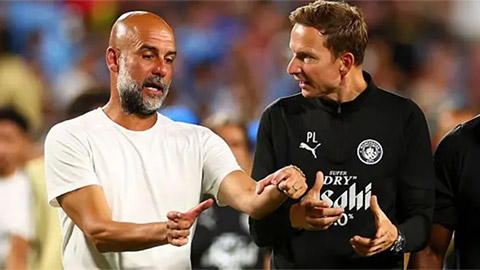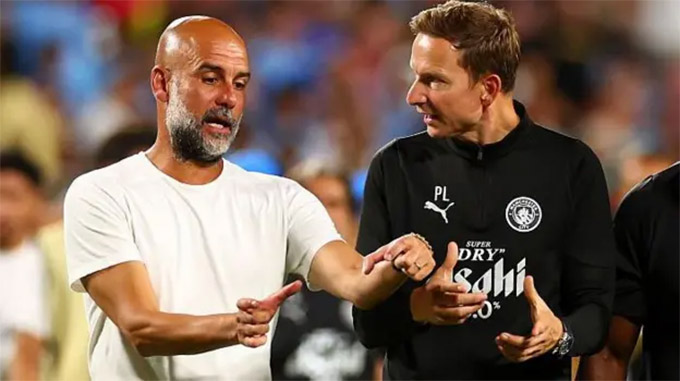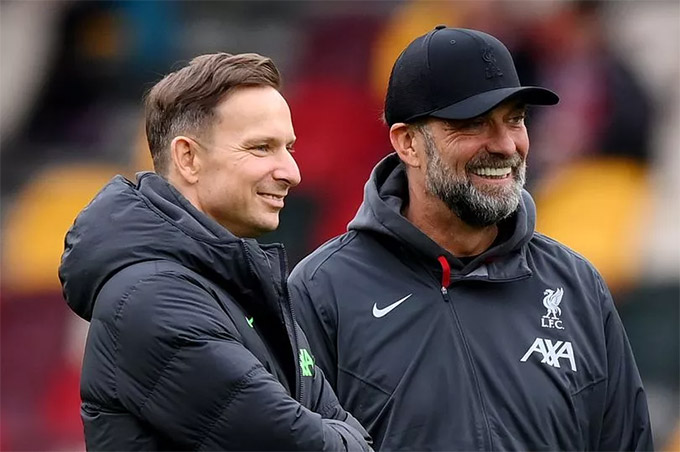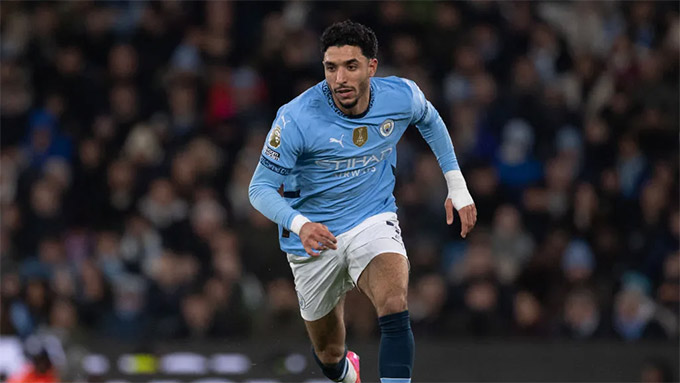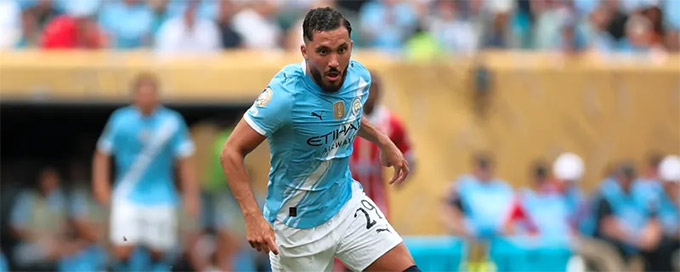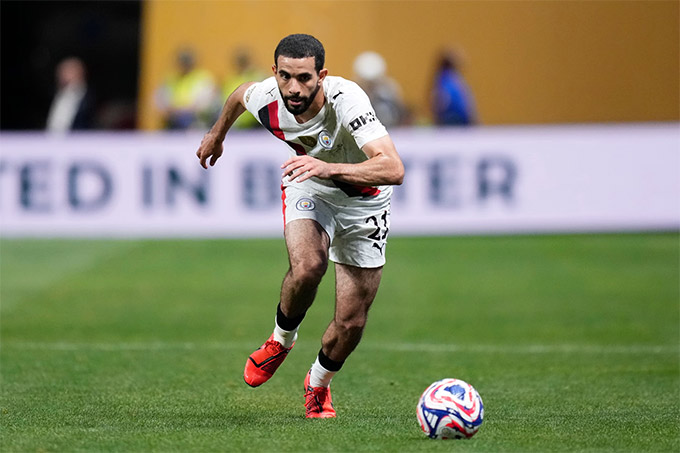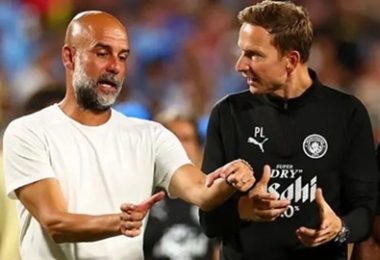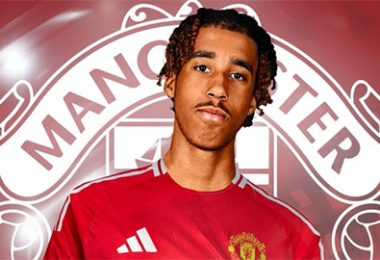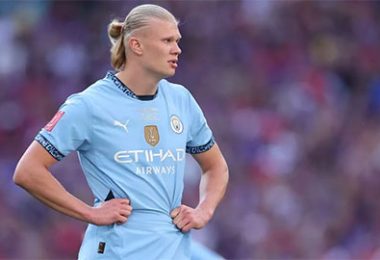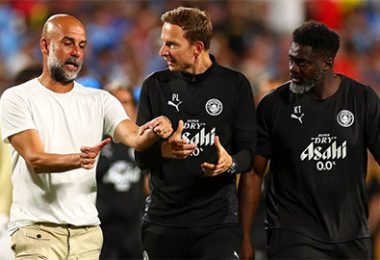Man City spent £ 150 million to buy rookie this summer. But the name Pep Guardiola has the biggest expectation is a contract that does not cost a penny! And in particular, that rookie will not … play any match.
The contract is very expected by Pep Guardiola called Pep Lijnders. The Dutch strategist used to be Jurgen Klopp's right arm, now under Guardiola to carry out the tactical revolution. The Spanish leader understood that in order for Man City's gameplay to not become outdated and not caught by the opponents, he needed the brain of Pep Lijnders.
It should be further emphasized that not only participated in most daily training sessions under Klopp in Liverpool, but Pep Lijnders also contributed significantly to the tactical development of the German coach after Dortmund. This shows that Guardiola is considering a great tactical overhaul.
But even more noticeable is that these tactical changes will be made with the significant contribution of a coach who has worked with Klopp to concepts such as counterattack and vertical attacks; Regarding the concepts acting as a solution for the famous gameplay of Guardiola.
The tactic of Guardiola and Klopp borrowed from each other, and their common peaks in Liverpool and Man City seemed to blend into a perfect combination of Klopp's mobility and Guardiola's control. On the one hand, Klopp's “Heavy Metal” gameplay is tamed by the highlight of the yard dominance, on the other hand, Guardiola uses Klopp's ideas to adapt to the harsh life of the Premier League.
However, Lijnders, like Klopp, is more interested in Guardiola to the powerful, high -speed attack play and the opportunities to open when the ball change. Until now. Because from the outside, the appointment of Lijnders seemed to confirm that Guardiola believed that the modern Premier League football was going in the direction of the Klopp schools. And he was right.
Previously, the control across the yard of Guardiola often caused weaker opponents to back down, but when the mid -ranking teams play better, the bold enough teams to put strong pressure and break the play to deploy the ball began to receive the reward. They actually repel the opponent, until they put strong pressure and maximize the transition phases throughout the region and even Guardiola must struggle to control everything with slow passes and rigid locations.
“Today, modern football is the way of playing Bournemouth, Newcastle, Brighton and Liverpool. Modern football is not a position. You have to play in rhythm,” Pep Guardiola shared with TNT Sports not long ago.
It was a remarkable statement from the military leader who had a tactical philosophy of “playing position” that had shaped this sport for the past 15 years, but it was completely accurate. Over the past 5 years, rapid counterattacks and direct attacks are increasing, while PPDA (a statistical index indicates the average number of passes that the opponent has made before a team performed a defensive action, such as the ball, blocking the ball, or foul) is decreasing.
When Guardiola made the aforementioned comments about modern football, he began to test a more subtle style of playing. Comparing the 2023/24 season with 2024/25, the City's ball control rate has decreased from 65.5% to 61.3% while the total number of their quick counter -attacks increased from 22 to 30, which is an increase of 36%.
Most notably, we see more longer passes from Ederson to overcome the opponent's close defense and many balls directly through the routes of rookie Omar Marmoush. On the surface, Marroush is the first contract of Man City version 2.0: A reconstruction will bring Guardiola, Lijnders and The Citizens in a more Klopp -like direction. Many other players with similar gameplay also landed on Etihad.
Rayan Cherki and Tijjani Reijnders from Lyon and Milan respectively, and both of these contracts, like Marmoush, aims to turn the ball more through the routes and fewer triangle coordinates are more neat. To put it more simply, Cherki, Reijnders and Marmoush are the player who likes to play in rhythm.
The data here is very clear. Compared to the three central midfielders used by Man City in the 2024/25 season, Cherk, Reijnders and Marmoush, significantly higher scores in the phase “bringing the ball forward” (bringing the ball at least 5m towards the opponent's goal) and “trying to dribble”. Signing a contract with Rayan Ait -Nouri also refers to Klopp's play – or Lijnders – because in the past two seasons, Guardiola mainly deployed central midfielders or central defenders in the position of the full -back – a clear recognition of control, order and discipline – and he changed the direction significantly.
Ait-Nouri is one of the leading attackers in Europe. Similar to the three rookies in 2025 mentioned above, he ranked second in the number of successful dribbles among the defenders in the Premier League last season (63 times) and the sixth of the full -backs for the number of times the ball moved forward (89).
But more impressive, Ait-Touri is in the top three defenders in the number of goals (11), the number of expected tectonic times (5.5) and the number of touches in the opponent's penalty area (96). The appearance of Ait-Nouri shows that Guardiola no longer wants to cram the midfielder into the squad and is giving some control of control to switch to a direct, faster attack play.
Gradually, NHM Man City could move from worrying about the slow and passive play of the home team to wonder how the couple attacked the explosion such as Ait-Touri and Jeremy Doku can work together on the left wing, or how Marroous and Cherki can integrate into the same position of the attacking midfielder.
They will definitely have more questions before the 2025/26 Premier League starts, because most of the new rookies come – on the pitch and in the training team – are not suitable for the common pep prototype. Obviously Guardiola is working on a new platform. And, accompanying Lijnders may be his sharpest turning point ever.

